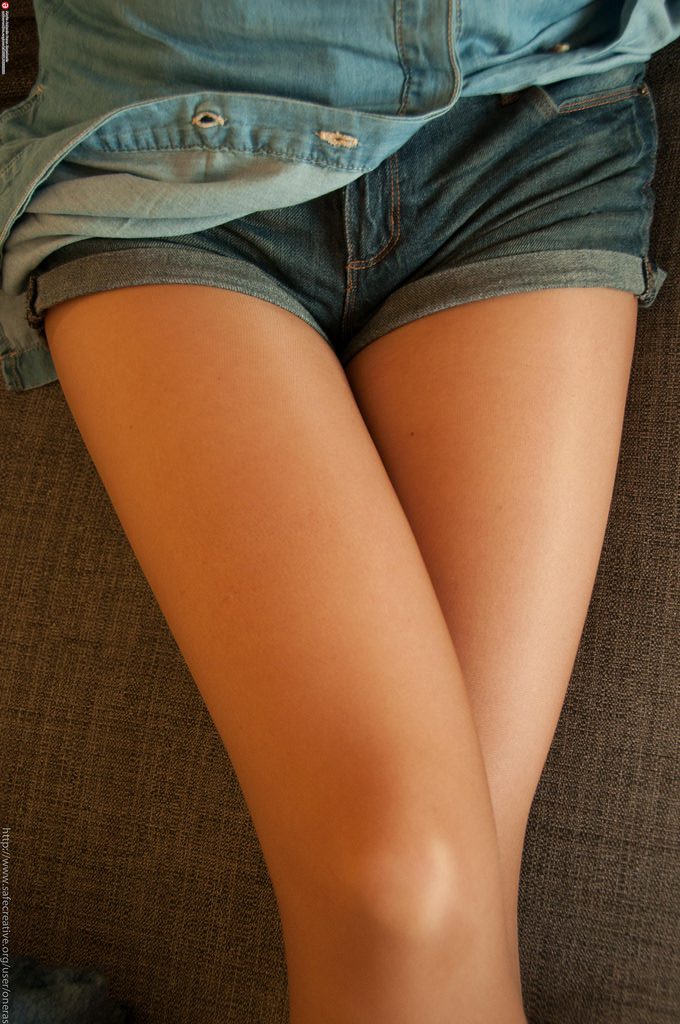After I do a very demanding exercise I usually get tooth pain after that. Often the tooth pain starts sometime during the exercise and lasts for a while. But this is nothing you and I have to worry about and go to the doc so he can sell you some medication. Let’s see the reasons for this phenomenon.
Oxygen demand in muscles causes tooth pain
Exercising leads to a higher oxygen (O2) demand in your muscles. This oxygen is delivered by your blood cells to your muscles. If you put your muscles under high intensity exercise, the oxygen demand is rising and the body adapts to the demand to make your muscles go further.
This is done by releasing the short term stress hormone adrenaline also known as epinephrine. What is does is regulating your blood flow by narrowing down the blood vessels of your organs so those get less blood and go in standby mode. This process is called vasoconstriction. You can read more about it on Wikipedia if you like.
The muscles blood vessels on the other side do the opposite and widen what is called vasodilation. This way the muscles can receive more blood and thus more oxygen what makes them more durable and recover faster. This way exercising muscle groups can have up to 20 times more blood flow.
Sounds fancy but what does that have to do with tooth pain?
Well, like mentioned before your body focuses on delivering oxygen to your muscles and therefore closes up blood wherever it isn’t needed at the moment. That goes for your mouth and teeth as well. The blood vessels in your teeth are close to its nerves. When the vessels narrow they affect the nerves and thus you get the tooth pain.
Heavy breathing causes tooth pain as well
Another reason you get tooth pain is through heavy breathing with an open mouth when you exercise. What happens is actually the same as before: vasoconstriction, blood vessels narrowing in your teeth.
Vasoconstriction isn’t only triggered through heavy exercise and the demand of your muscles for oxygen but just through cold as well. Your body needs to maintain 37 degrees Celsius at all time.
When breathing heavily the air is passing your teeth fast and thus has a cooling effect on them. This leads your body to narrow the blood vessels so they are closer to the core where it is warmer. This way the body can maintain its temperature. The fast breathing is a similar effect like biting into ice cream just not as sudden.
If you do a High Intensity Interval Training where you do several sprints your chances for tooth pain are highest (at least for me).
So the short answer for tooth pain after exercise is because of vasoconstriction.
Hope that was helpful and relieving for you
See ya
Alex






